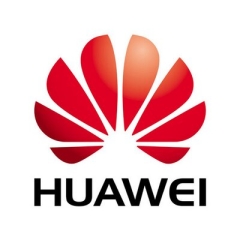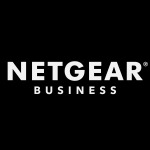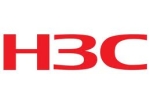What is our primary use case?
Huawei has a portfolio of switches for access, aggregation, and core layers. They offer various solutions for different use cases and meet the requirements of other projects. For example, we use Fort Knox cloud compass solution for cloud networking.
Huawei switches come in small, medium, and large capacities and can be used for monitoring and switching. They also offer alternatives like Huawei Altheirs, which provides all-in-one switching, security, and VPN routing functions for routers.
How has it helped my organization?
We have several customers, including those in high education, oil and gas, banking, insurance, and government companies, as well as some ministries. Huawei Ethernet Switches are very reliable and provide excellent performance.
What needs improvement?
Compared with other brands like Cisco, modular cards may have some security issues or vulnerabilities. The only thing that could be better is the security module.
For how long have I used the solution?
I've been working with Huawei switches for a few years now. I use it for projects that include routing, security, and performance optimization features.
What do I think about the stability of the solution?
What do I think about the scalability of the solution?
Huawei offers both cloud-based and non-cloud-based Ethernet switches with varying levels of scalability. Just like with security, you should consider scalability as well. There is a big difference in putting security for the switches, especially with the increasing number of cybersecurity threats. You should also consider a scalable security solution for future needs.
How are customer service and support?
Regarding my experience with customer service and support, technical support is essential, especially when designing and configuring switches. The level of support required may vary depending on the project manager and the scale of the project. It's worth noting that the level of interaction with the customer may differ depending on the local Huawei and the R&D team. However, it's always important to negotiate and agree on the support needed to ensure the project is successful.
How was the initial setup?
The initial setup is very straightforward. The setup is different depending on the situation. However, with the network management system and iMaster, it's easy to deploy and configure the switches for normal or batch configurations. I think it's a useful solution.
What about the implementation team?
The deployment process varies depending on the situation. But with the iMaster, you can easily input the necessary configurations for many switches at once.
Moreover, it depends on the customer's requirements. Do they have an existing network, or do we need to build a new one? If it's a new network, it will be easier. We can make access aggregation in the form of specs and then make it work for the customer. We need to know the MAC address to make it work. For example, network management can be different for different customers, depending on their existing network. It's not difficult, but it can be challenging for wireless.
What's my experience with pricing, setup cost, and licensing?
If you have the basic function, there's no problem. However, you must purchase a license if you require advanced features or additional functionality beyond the basic setup. It applies to all customers, not just myself, and purchasing a license is perfectly acceptable and necessary to access these additional features.
What other advice do I have?
I would advise you should make a good design, and the project will be easier.
Overall, I would rate Huawei Ethernet Switches an eight out of ten.
Disclosure: My company has a business relationship with this vendor other than being a customer. Reseller




















